7 discoveries from an active learning classroom
eSchool News
JANUARY 29, 2019
Spaces flooded with natural light that allow for a variety of learning methods and activities, and spaces that let students feel a sense of ownership over the classroom, demonstrably affect how well students learn. Four years ago, I became an inaugural recipient of a Steelcase Education Active Learning Center Grant.


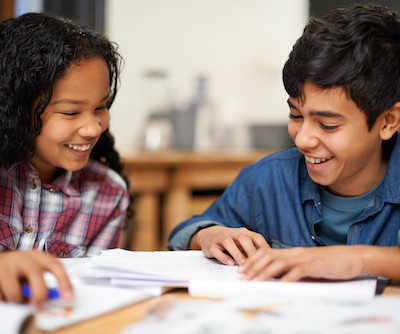
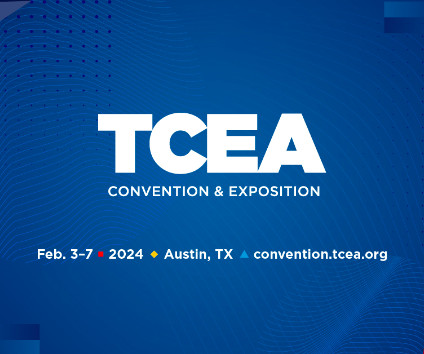


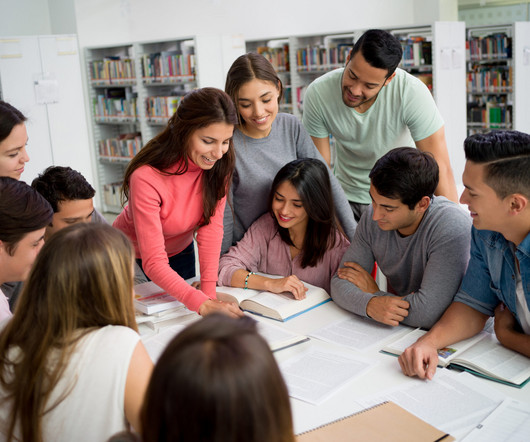
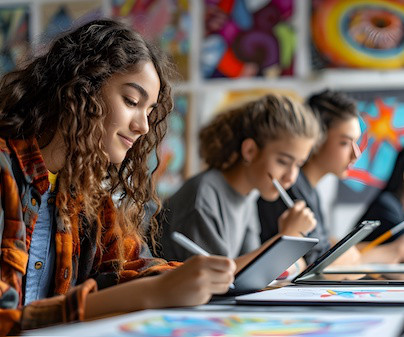
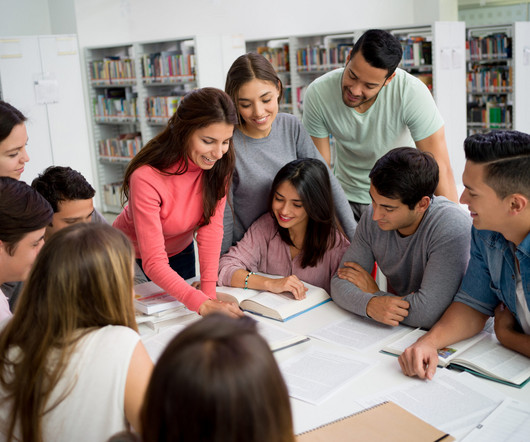







Let's personalize your content